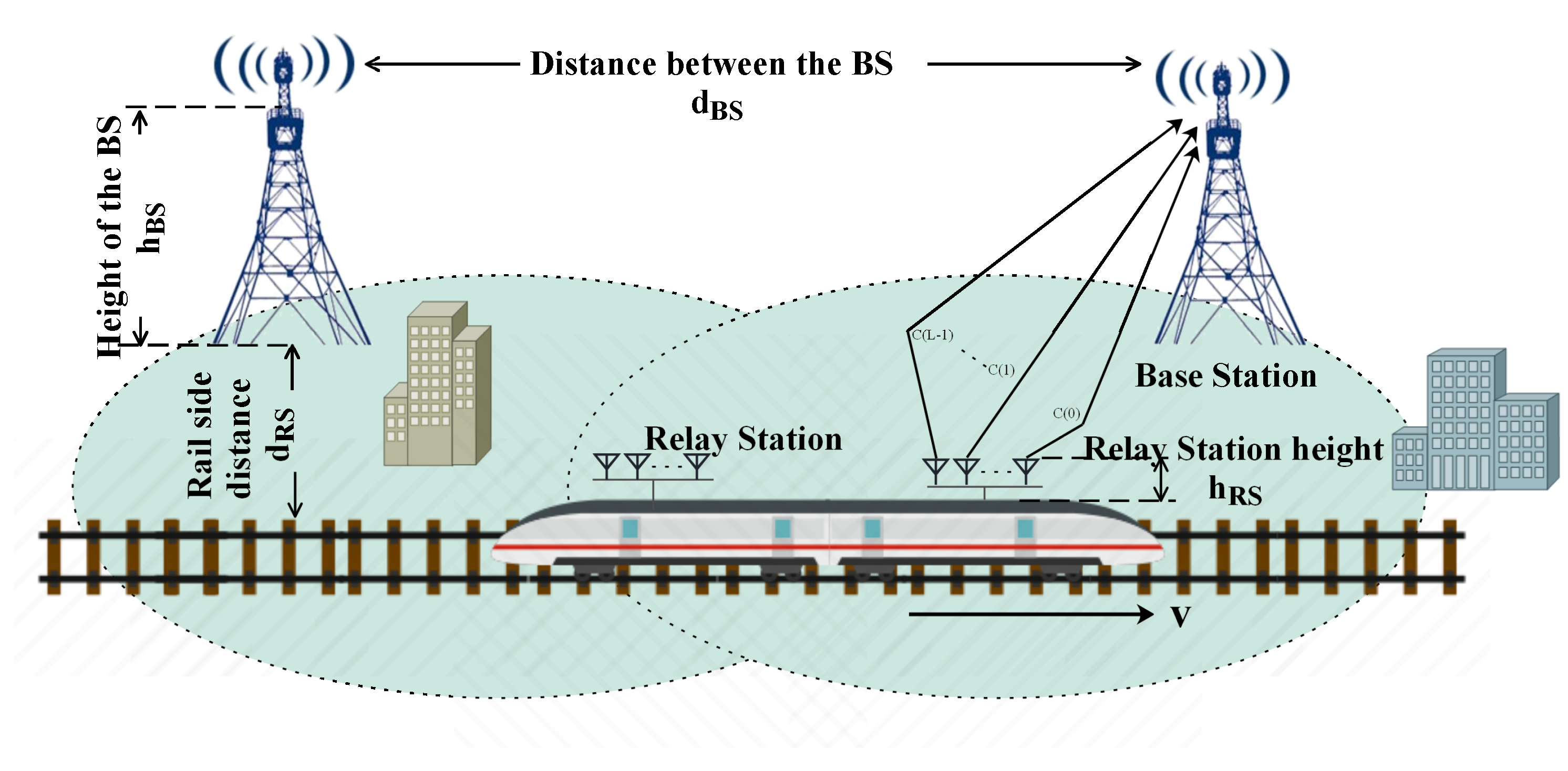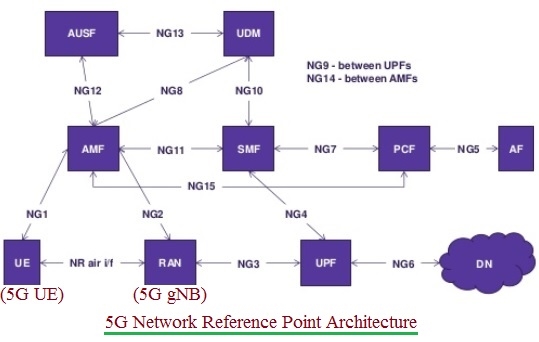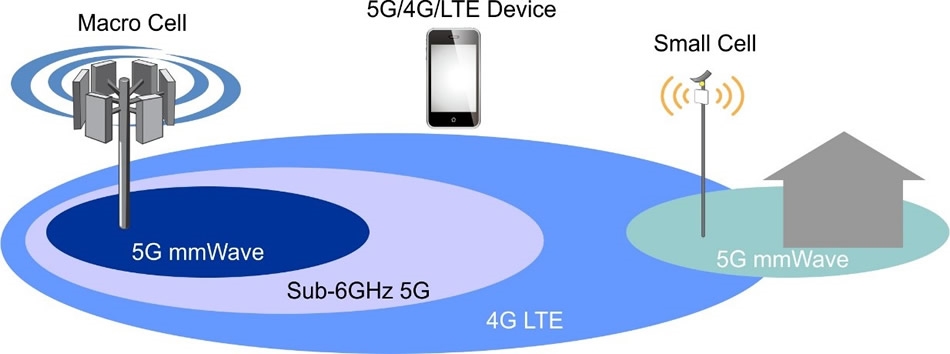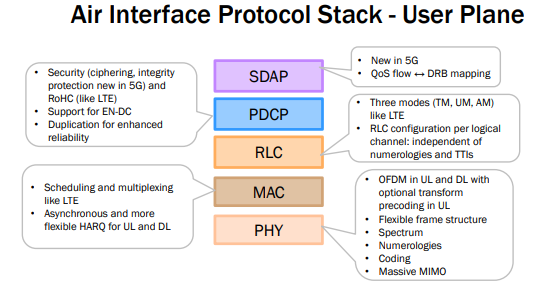Overview
This article focuses on key 5G VoNR+ technologies and discusses deployment solutions for 5G VoNR+ services in the IoT communication domain.
Traditional real-time audio and video communication meets basic information needs for billions of people worldwide and remains a core service for mobile operators. With large-scale 5G network deployments and commercial rollout of VoNR, the high bandwidth and low latency of 5G and 5G-Advanced provide a solid network foundation for upgrading HD audio and video to interactive, immersive ultra-HD services. Under a 5G-Advanced architecture, VoNR is expected to evolve into VoNR+. Based on VoNR+ technology, new types of calling services and application scenarios will emerge, such as intelligent translation, enhanced interactive calls, screen sharing, and multi-screen home interaction.
China Mobile's Smart Home Operations Center is exploring VoNR+ technology for IoT control and multi-screen interaction scenarios, aiming to extend 5G VoNR+ services into smart home and IoT ecosystems.
What is 5G VoNR+
5G VoNR, or Voice over New Radio, is an operator-provided end-to-end solution that leverages 5G access and existing IMS to support ultra-HD video calling and related value-added services. Under this solution, audio and video calls can switch between VoNR and VoLTE networks as needed, based on UE-reported measurements, to ensure call continuity.
5G VoNR+ builds on 5G VoNR multimedia real-time communication by adding a Data Channel (DC) to support a wider range of real-time interactive services beyond ultra-HD calls. It establishes a unified, open network architecture centered on a multimedia real-time communication capability platform, enabling agile development and rapid deployment of new services while remaining compatible with existing services. The enhanced capabilities provided by 5G VoNR+ aim to extend sensory-rich communication among people and between people and devices, enabling new real-time multimedia interactions among humans, devices, and machines.
Key Technical Capabilities of 5G VoNR+
Platform Capabilities
Network Foundation
To support visual, fully interactive service experiences with openness and scalability for new services and technologies, the next-generation calling platform introduces VoNR+ network capabilities on top of the existing IMS audio-video communication network. This provides a flexible network foundation for future interactive scenarios.
IMS, while remaining compatible with existing capabilities such as call event notification, call control, media control, and media negotiation, is upgraded to support an IMS Data Channel (Data Channel) that can carry arbitrary data types. Combined with existing IMS audio-video capabilities and the new data channel negotiation mechanism, VoNR+ network capabilities can trigger new calling applications, handle call control, negotiate the data channel, and anchor audio-video media.
Media Processing
The new calling platform adds a VoNR+ media plane that delivers cloud media engines for 5G calling. It supports media forwarding, audio-video processing, data channel access, media-plane authentication, AR/VR processing, and AI-based media processing and rendering. The platform also supports dynamic extension with external engines and provides capability scheduling, risk control detection, operations monitoring, and resource management to enable rapid integration of internal and external capabilities.
Operations and Management
To ensure operability and manageability, the platform must provide unified and convenient application onboarding and operational functions, supporting rapid integration and lifecycle management for operator-owned, industry, and third-party calling applications.
Terminal Capabilities
VoNR-capable terminals provide visual services based on ultra-HD calls and must support next-generation voice codecs such as EVS and negotiation for ultra-HD video calls. As 5G calling services evolve, terminals must be upgraded to support VoNR+ features, enabling real-time data exchange between cloud and user and between users to meet new interactive service requirements.
VoNR+ Terminal Requirements
To meet VoNR+ service requirements, terminals should: (1) upgrade the audio-video protocol stack to support 3GPP TS26.114 DCMTSI client capability and establish an IMS DC data channel via SDP negotiation; (2) expose the IMS data channel interface to the application layer so the IMS data channel can serve as an application-level entry point for industry services; (3) support a web engine and JavaScript-based runtime to process data-channel payloads in real time and render UI content dynamically, reducing the need for extensive device-side customizations; and (4) support negotiation of QoS parameters such as bandwidth, latency, and packet loss rate according to the reliability requirements of interactive services.
VoNR+ Terminal Architecture
The terminal architecture follows two core principles: decoupling communication and application capabilities, and using web technologies to deliver innovative calling applications, referred to as "new calling applets." Application interfaces are developed with HTML and CSS, business logic is implemented in JavaScript, and underlying functions are accessed via application programming interfaces provided by the calling runtime.
Deployment Solutions for IoT Communication
Platform modifications for 5G VoNR+ services are largely complete. China Mobile is conducting VoNR+ tests in collaboration with vendors such as Huawei, ZTE, and vivo in selected provinces. Chips and smartphones optimized for VoNR+ are mostly developed and are undergoing final testing. Commercial rollout will require ecosystem partners to launch commercial terminal models that conform to VoNR+ standards and specifications.
To promote VoNR+ services, China Mobile's Smart Home Operations Center, leveraging operator-specific capabilities, is exploring VoNR+ service scenarios. Based on an IoT multimedia communication framework called AIoTel (AIoT+Telephony), two IoT device remote-control solutions are proposed: a DTMF-based remote-control scheme and an IMS DC-based remote-control scheme. These approaches aim to enable a single smartphone to control various devices within a smart home and to integrate VoNR+ capabilities into IoT ecosystems.
 ALLPCB
ALLPCB








